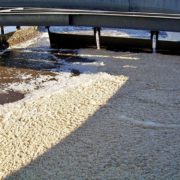Risk Assessment Innovation for Low-Risk Pesticides (RATION)
Low-risk pesticides including biopesticides consisting of plant extracts, semiochemicals such as pheromones and allelochemicals, and microbial pesticides are gaining ground in the global market, where they have started to substitute synthetic pesticides. In addition, phages, protists, microbial consortia and double-stranded (ds)-RNA pesticides are emerging low-risk solutions that are expected to reach the market in coming […]

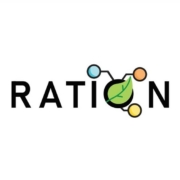

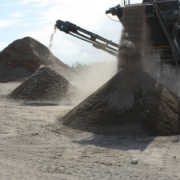 Ralf Ketelhut
Ralf Ketelhut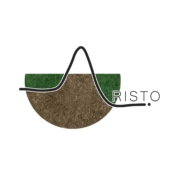
 Premier
Premier D. Leib
D. Leib K. Duis
K. Duis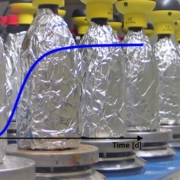 T. Junker
T. Junker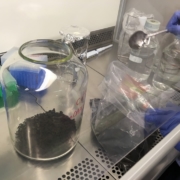 University of Aarhus
University of Aarhus